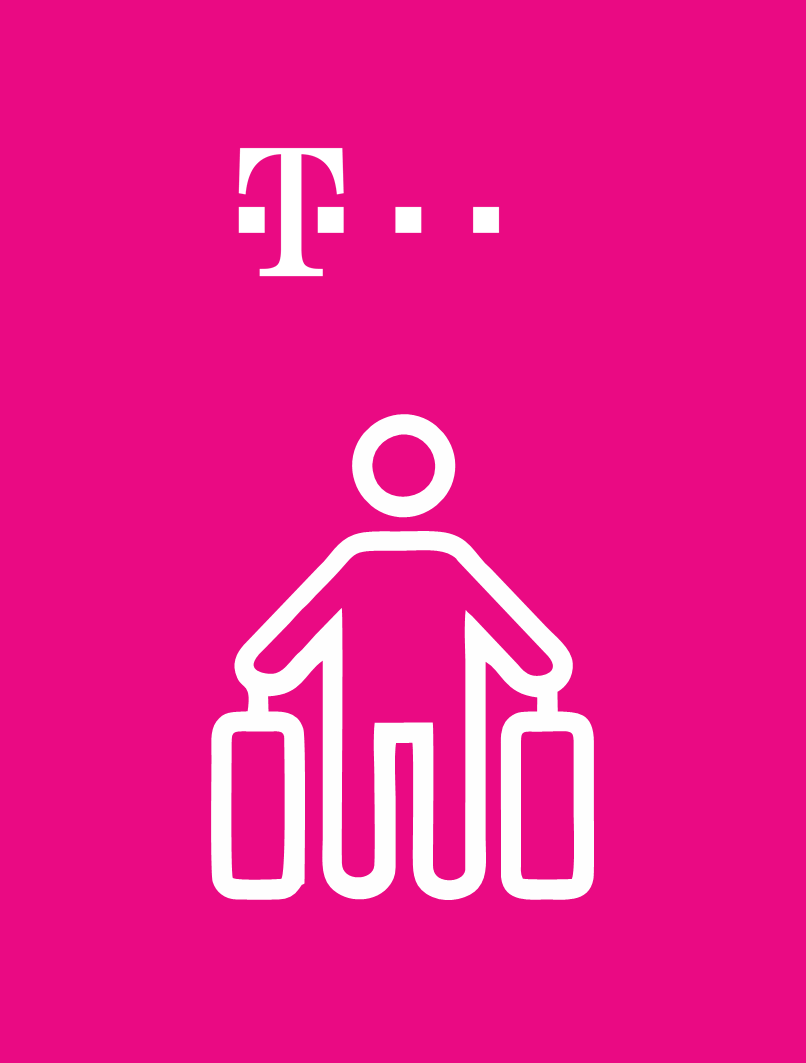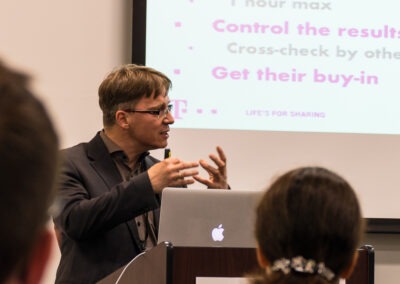For the last several years, services have been all the rage in IT. Talking about services is a sure-fire way to signal that the IT organization is trying to be more responsive and customer-focused. Tamas Nacsak, chief enterprise architect of Magyar Telekom and his team have established a services-driven architecture management practice, aiming to deliver EA competency to where it is needed the most: helping corporate change initiatives. Tamas presented his experiences at various chapters of the Association of Enterprise Architects accross the US.
Besides common sense, Magyar Telekom has used Tele Management Forum’s reference models (eTOM – business processes, SID – information, TAM – applications) and TOGAF to create its own. The telco company’s complexity is well demonstrated by the over 1,200 customer facing services Telekom is represented with on the market. Just imagine the spider-web of dependencies along with the interconnected resources that are required to support these!
On a recent roadshow, Tamas shared the way EA delivers agility within Telekom. The presentations given in Ohio, New York and Minnesota, ended up being active discussions.
Some take-aways:
- Creating a common architecture knowledge base is fundamental
The velocity of business in the digital era and the growing complexity of IT necessitate a united and always up-to-date knowledge base within a common meta-model containing all the service dependencies and resources supporting it. This knowledge base is the foundation of all EA and transformation work.
- Continuous cooperation with business
The greatest benefit that enterprise architects can offer to business, is the quick and reliable estimation of emerging demands in terms of risks, impact and cost. The goal is to encourage innovation in the company, fail fast and implement the initiatives that make real differences at a justifiable investment level.
- End-to-end project responsibility
Enterprise architects will have the biggest impact on corporate success, if they lead projects from an architecture perspective. When they are deeply involved, lead architects can ensure that solutions match the business needs in a secure and economic manner whilejustifying longer-term EA principles.
- EA is a culture
While building up the knowledge base and delivering true support to corporate initiatives, the many social interaction provide an opportunity to sell the idea of joint architecture management and to develop an agile project delivery culture. Enterprise architects are the fuel to this unstoppable engine.
- Earn trust
Being there continuously for IT and business colleagues by providing smart inputs will result in the best reward you can gain: their trust.
Download Tamas’ presentation.
Are you an AEA member? Watch the recorded webex here
Read Tamas’ post about how he builds live architecture knowledge bases.






